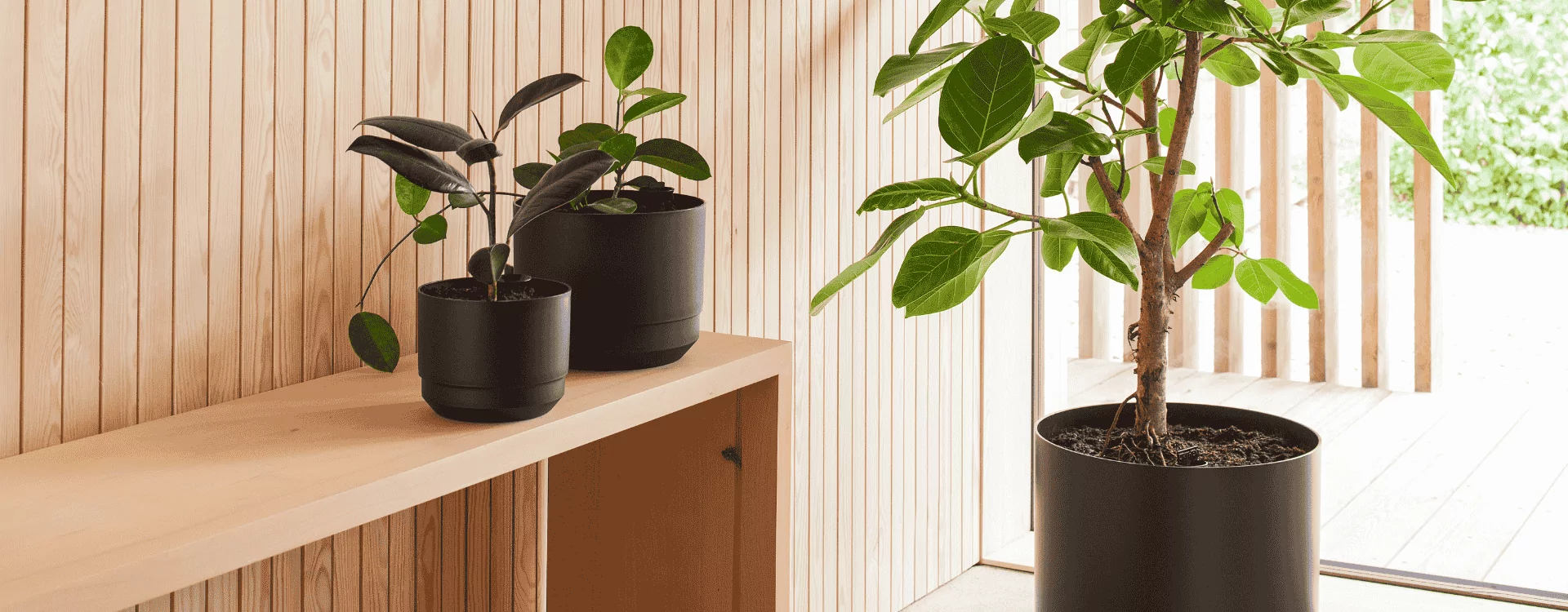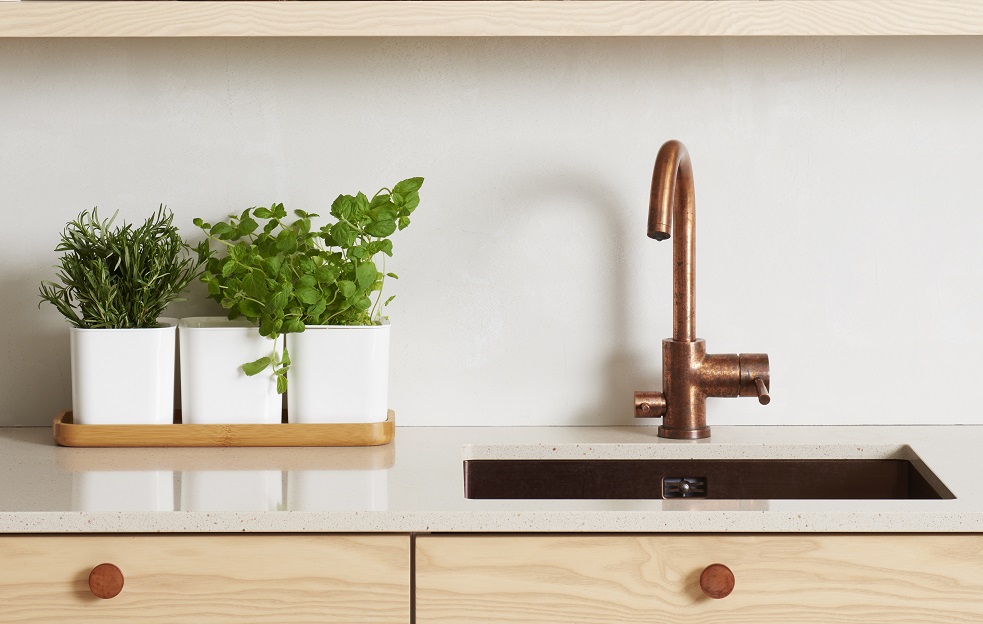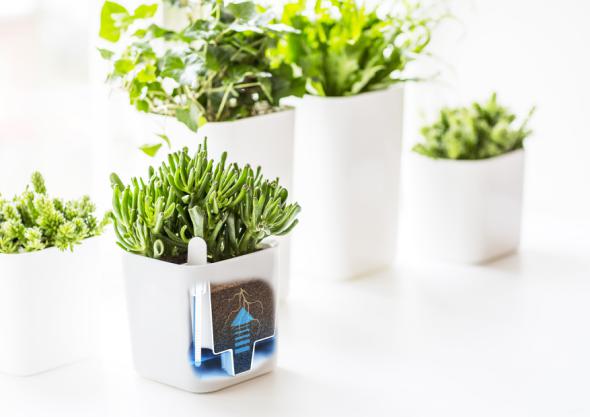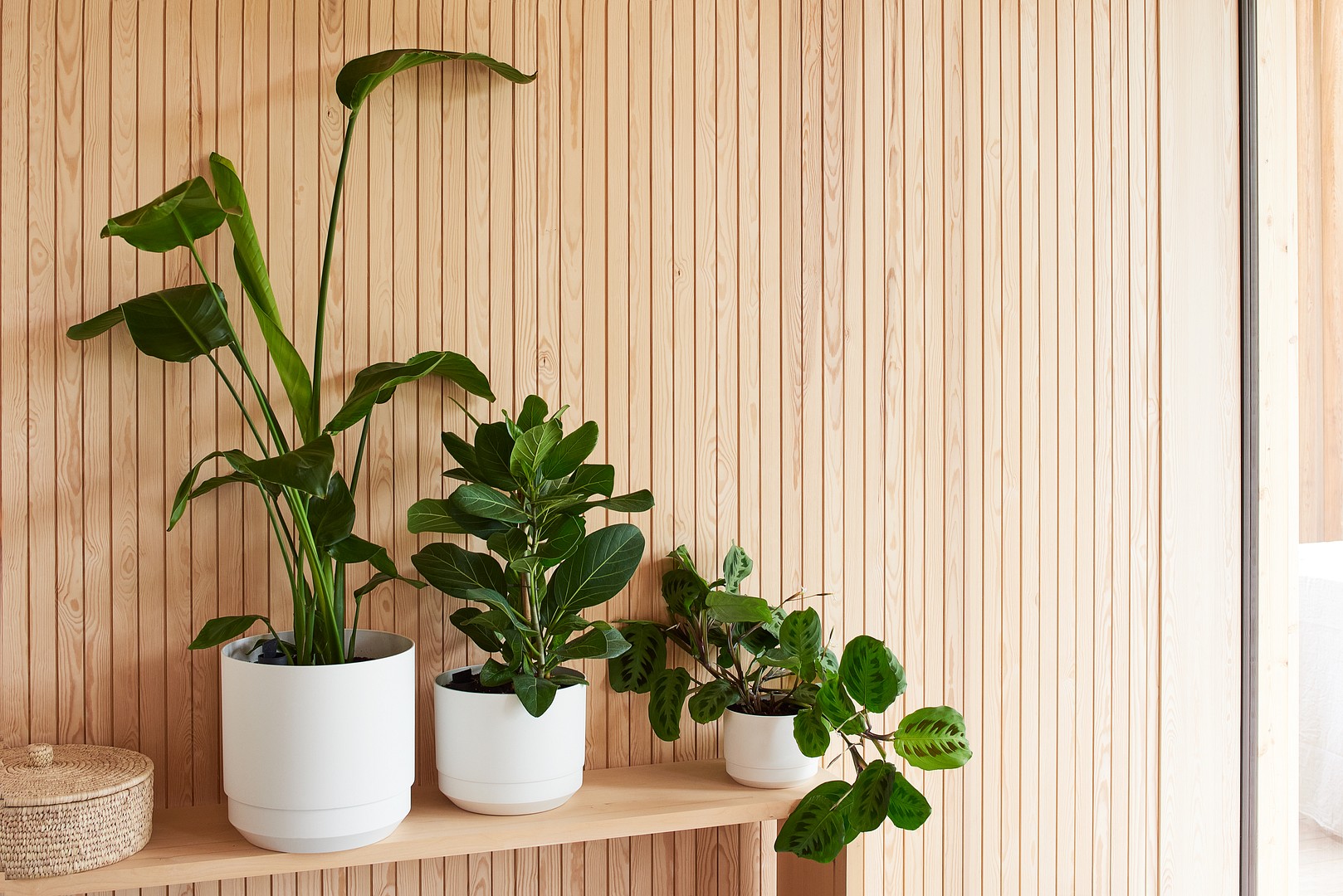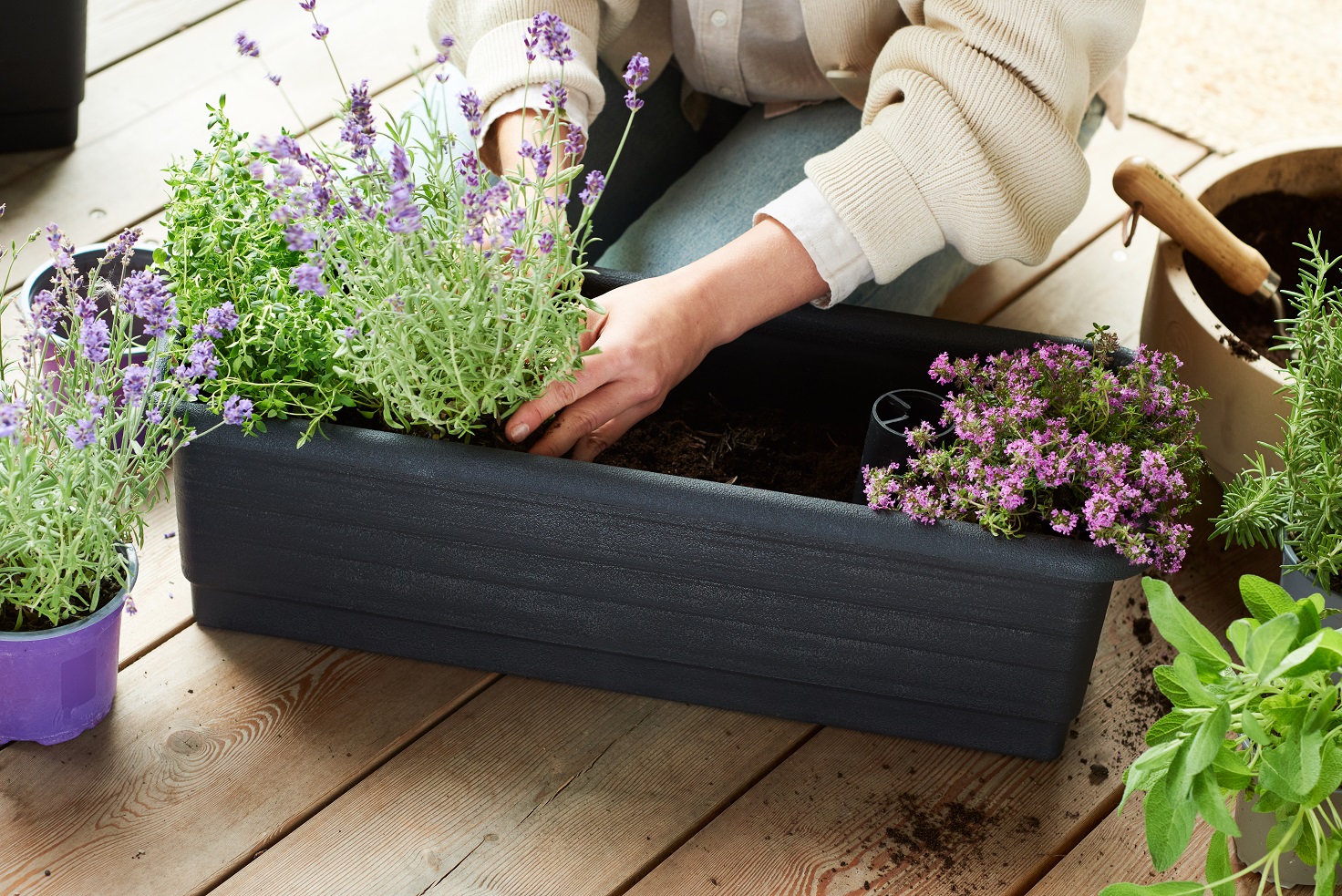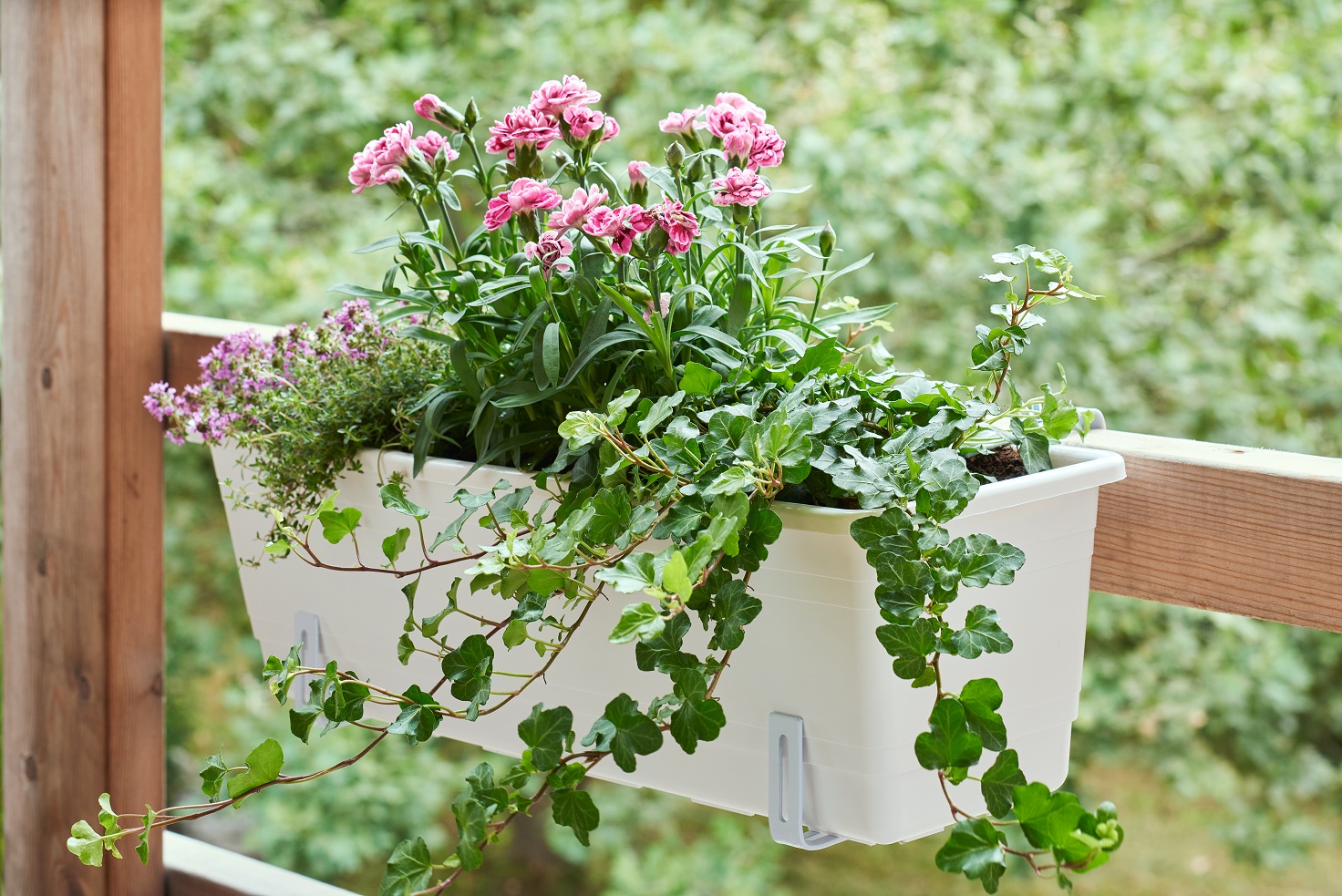Spacious and practical balcony box with long-term irrigation and large water and soil reservoir. Overfill protection in the box prevents the roots of the plants from standing in water. Clear dipstick shows when it is time to refill water - no risk of overwatering.
How to use
1. If the box is to be placed outdoors, pierce the marks at both ends with a sharp object so that excess water can drain out
2. Place the insert in the box with the flat side up, and with grooves and flanges facing each other. Place the irrigation pipes in the holes in the insert and the dipstick in one of the pipes
3. Cover the bottom with soil, put the plants down and fill with more soil
4. Water on top of the soil for the first time, so that it becomes moist
5. Then water through the irrigation pipe as needed, but never above the maximum limit of the dipstick.

 Storage
Storage  Kitchen
Kitchen  Home & Yard
Home & Yard  Plant care
Plant care 
 Storage
Storage 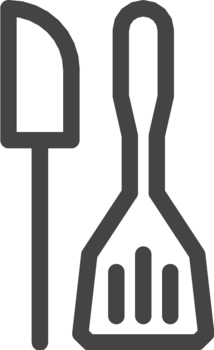 Kitchen
Kitchen 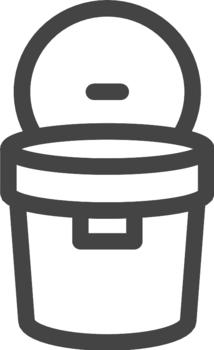 Home & Yard
Home & Yard 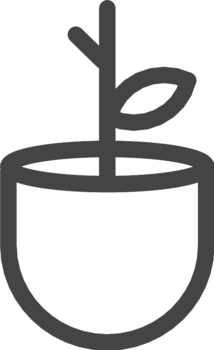 Plant care
Plant care 


